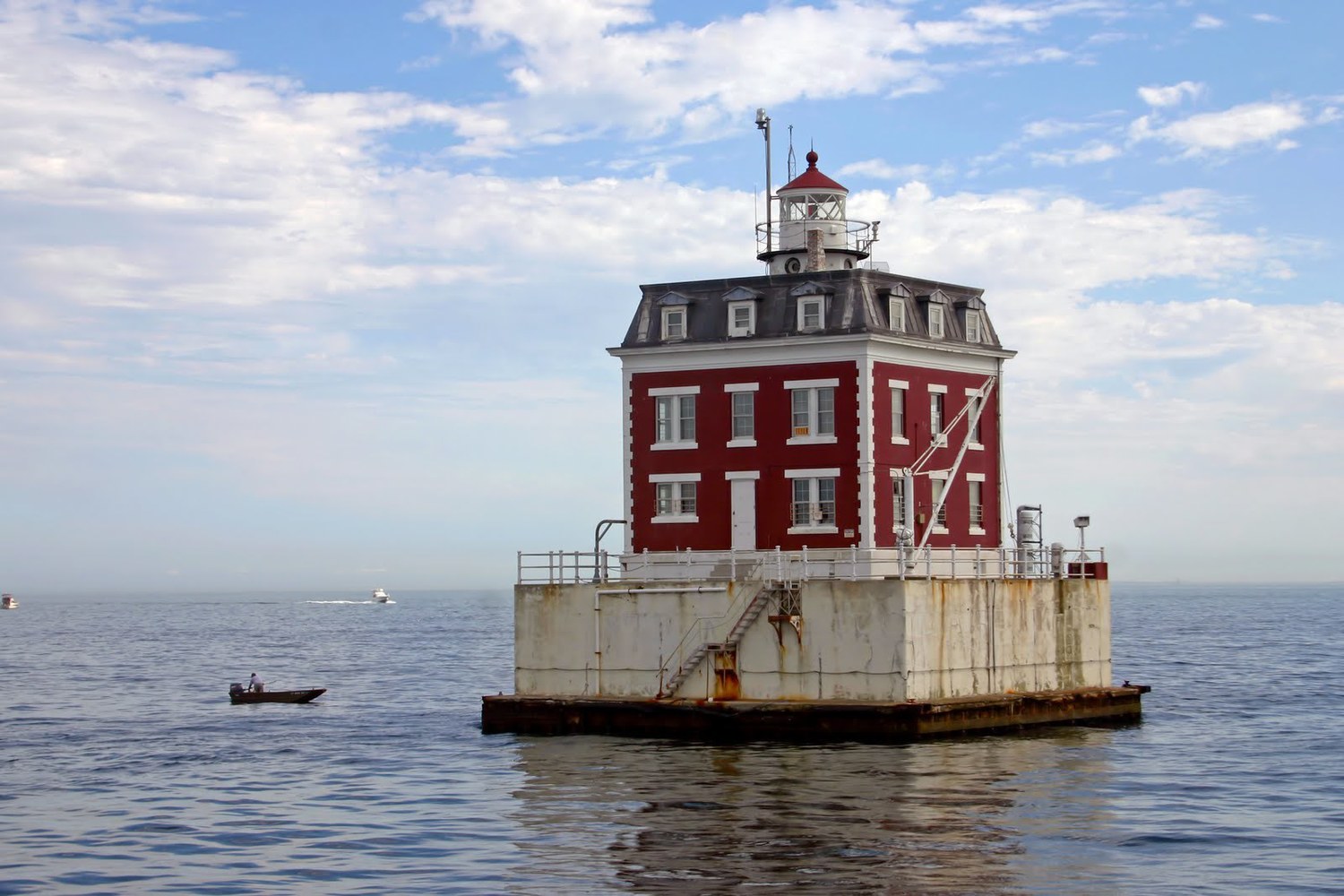
Wilson, ended quietly and without fanfare. She preferred not to marry-she just wanted to stay there.” A two-year marriage, to one William H. “She really preferred not to go ashore-she just wanted to stay out on her lighthouse … She said, at one point, that the light was her child. (These days, it’s named for its famed keeper.) “In her day, it was separated from shore by water,” says DeWire. Lewis’s lighthouse was set out on an island, then known as Lime Rock. 1, 1880: The news is that the light will soon go from me forever.

Though little is known about her life, her logbook tells a story of something like abject misery, which came to an end only when her replacement arrived, in 1880:Īpril 7, 1874: So dull, this place it is killing me. After her husband died in 1873, Mary Ryan spent seven years alone, keeping the lighthouse at Calumet Harbor, Indiana, a few miles from Chicago. “That’s why I always called them ‘keepers in skirts.’”įor some, it was a bleak existence. They were also not permitted to wear the brass-buttoned lighthouse keeper uniforms, introduced in the 1880s. “What really struck me was that they immediately took a reduction in pay, because they were women,” she says. “The lighthouse service thought the easiest thing to do would be to let the widows take over, because they were so familiar with the operation,” says DeWire. Lighthousekeeping was one of few jobs available to women in the 18th and 19th centuries, provided they inherited the post from a husband, father, or other male family member. North Wind Picture Archives/Alamyīut most of her counterparts lived and died in obscurity. (Lewis, it was often noted, did not keep count.) A hand-colored 1869 woodcut depicting lighthouse keeper Ida Lewis rescuing two soldiers from drowning off Newport, Rhode Island. Beyond the mundanity of day-to-day housework and general “keeping” of the light, there was a significant maritime requirement: Lighthouse keepers were often expected to risk their own lives to save others, sometimes with tragic consequences.Ī select few of these women became widely known: Over her 54-year career, Rhode Island’s Ida Lewis became something of a national treasure, appearing on the cover of Harper’s Weekly magazine in 1869 with the caption “Ida Lewis, The Heroine of Newport.” She was, for a time, the country’s best-paid lighthouse keeper, with the particular distinction of having saved more than 18 lives. “Lighthouse keepers in the 18th and 19th centuries, male and female, faced much danger and performed heavy physical labor,” write Mary and Candace Clifford in their 1993 book Women Who Kept the Lights. “But it was by no means a liberating experience.” “It was a wonderful chapter of women’s history, the way they served in this man’s job,” says DeWire.


Some records were destroyed in a fire in the National Archives in the 1920s. “But I would not be presumptuous if I said there were several thousand.” “It was just presumed that women were going to help out whether they were paid or not,” says Elinor DeWire, a historian and the author of more than a dozen books about lighthouses. maritime history, however, she’s not quite so unique-even if it’s hard to pinpoint precisely how many female lighthouse keepers came before her. Of the 70 keepers who have tended to Boston Light since 1716, Snowman is the first and only woman. “That’s probably what I miss the most about the island-that expansiveness, and being close to the water, in the elements, in the fog, in the snow, in the sleet.” The current Boston Light dates to 1783, though the first lighthouse on the site was built in 1716. Surrounded by trees, unable to see the sun rising or setting, “I feel claustrophobic,” said Snowman, in her profoundly Bostonian accent. Ongoing safety issues as well as COVID-19 had confined her to her home on the mainland, in Weymouth*, and she’d been struggling with cabin fever.

Coast Guard Auxiliary volunteer, she became its civilian keeper.īut when we spoke, she was nowhere near the lighthouse. “I stepped out of the dinghy, and I looked up at the lighthouse tower, and I said, ‘Daddy, when I grow up, I want to get married out here.’ And I did, in 1994.” Then, in 2003, after more than three decades as a U.S. It’s a lifelong love story-at 10, she first visited the island with her father. “When I asked you about past lives,” she said, “I feel as if I’ve done this before, and that I came home.”įor the past 17 years, Snowman has served as the keeper of Boston Light, a centuries-old lighthouse, out on a freckle of treeless land in Boston Harbor, in Massachusetts. I hesitated, and she changed the subject. “Do you believe in past lives?” asked Sally Snowman.


 0 kommentar(er)
0 kommentar(er)
